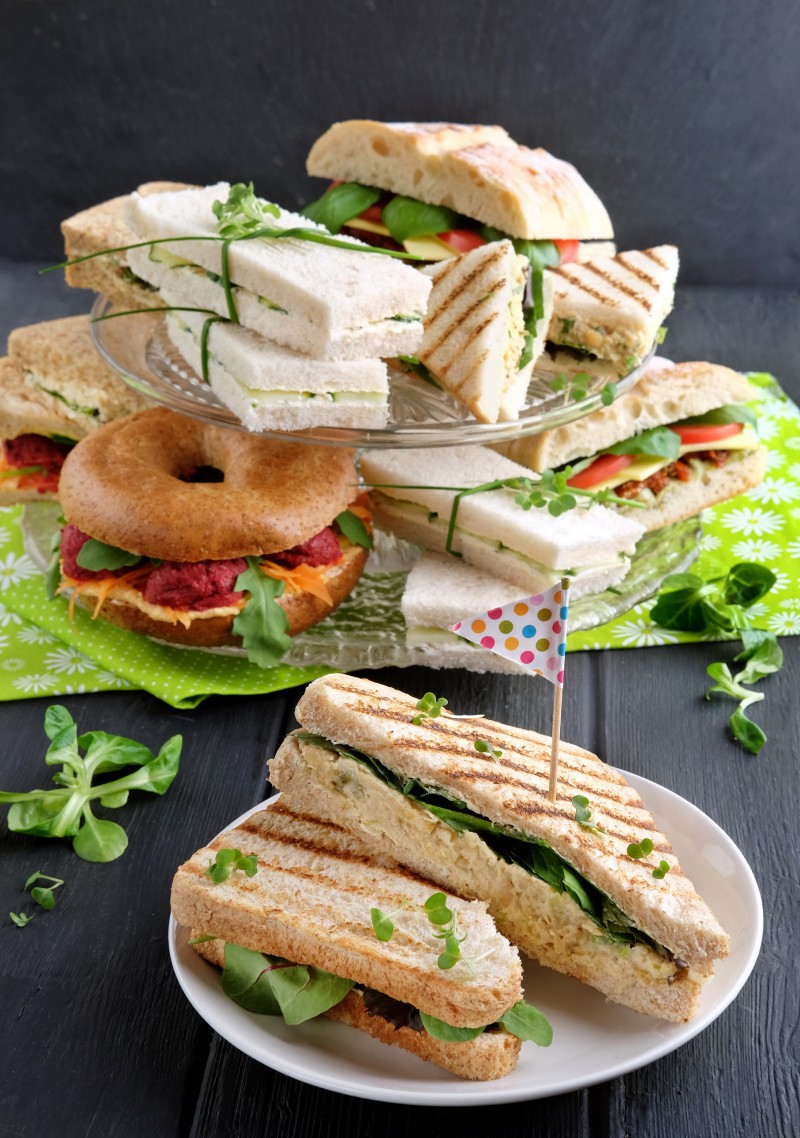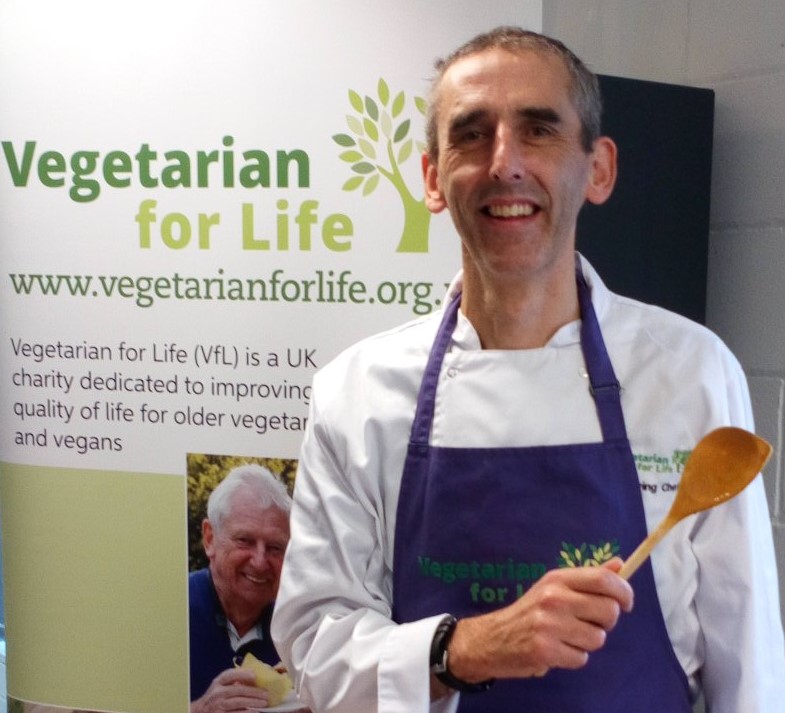
If you haven’t heard of Veganuary before, it’s a challenge to go vegan for the whole of January. This means not consuming any animal-derived produce, including meat, fish, dairy, eggs, shellfish, or honey. You can find out more here.
People participate in Veganuary for a variety of reasons. It could be for the challenge, for health reasons, or perhaps as a kickstart to their plant-based journey. It’s not only for individuals. Many organisations also take part.
In January, shops will start selling more plant-based foods and releasing new vegan products. Why not take this opportunity to add some extra plant-based options to your menu? Or to run some Veganuary themed activities for your residents? It’s a great way to celebrate and include existing vegan and vegetarian residents, as well as introducing non-vegan residents to new foods they may enjoy.
Is there something you would like to do in January to participate? You might wonder where to start. Keep reading for more ideas.
Preparation is key
Having some vegan staples in your pantry is the key for a smooth start and you don’t have to wait until 1 January to prepare. Do your research and place your order early. Familiarise yourself with what your suppliers offer. You might be surprised that some of the food items you purchase daily are already ‘accidentally’ vegan, such as gravy powder, vegetable stock, or even Bourbon biscuits. However, you always should read the labels to double check.
There are some handy ‘quick search’ tools for reading labels. First, look for a green icon ‘V’ for vegetarian and usually ‘VE’ for vegan products. Some foods may be vegan even though they are only labelled as vegetarian. One of the most recognisable logos is ‘approved by The Vegan Society’.
The next step is to check the ingredients by reading through the list and finding all bold highlighted allergens, such as milk, egg, crustaceans, or fish. If any of these are on the list, it won’t be suitable for vegans. Be aware of different names too, such as milk sugars in cereals, or vitamin D additives, which can be derived from sheep or honey. You will also need to check for certain E numbers, such as E120 or carmine – red food colouring, which isn’t vegan. Other flavourings may be derived from meat or gelatine.
Staples
When food is cooked from scratch you need to have a good selection of spices and herbs. Just like cooking non-vegan food, you want to have a selection of ingredients to make your dishes not only tasty, but nutritious and well balanced, too.
Some of my favourite ingredients are tinned green lentils, nutritional yeast with added vitamin B12, fortified plant milk such as oat or soya milk, vegan butter, nut butters such as almond or peanut butter, flaxseeds or chia seeds, cashew nuts, silken tofu and firm tofu, tinned chickpeas, vegan gravy granules, and Bird’s custard powder. There are some ingredients that aren’t as vital, but can make some everyday activities more enjoyable and inclusive, such as snacking or teatime. Try purchasing vegan versions of chocolate, cheese or cream cheese, biscuits, double cream, ice cream, or even pastries. All of the ingredients mentioned will be available in larger supermarkets if your wholesalers don’t have them.
Carefully consider meat replacements. Many people enjoy these, but some vegans don’t. If you’re introducing a vegan option for all to try, meat replacements can work well. Try making a shepherd’s pie or spaghetti Bolognese with faux mince for all to enjoy.
Make it special
You might think that making vegan dishes is complicated. Some might even describe it as a ‘hassle’, but it doesn’t need to be. Here are some ideas for activities you could host in your care home this Veganuary.

Why not host a vegan afternoon tea party? Try making scones using vegan butter and replacing the milk with soya milk. Serve with vegan butter and jam. You can even make whipped coconut cream.
If your residents enjoy hands-on activities, you could try some vegan baking together for afternoon tea. Get some ideas from our vegan baking guide.
Introduce some vegan sandwich fillings at lunch or for snacks, such as chickpea ‘no tuna’ sandwiches, or use tofu to create a ‘no egg and cress’. You can also make ploughman’s sandwiches using vegan cheese. More ideas here.
Introduce some new vegan breakfast options. Breakfast doesn’t need to be limited just to toast. Your supplier may be able to provide vegan pastries. You can also try making vegan pancakes, tofu scramble, or do a full vegan cooked breakfast; vegan sausage, 'facon', hash browns, avocado, mushrooms, and cooked tomatoes. These can be enjoyed by everyone and will also be suitable for those with dairy or egg allergies.
Invite one of VfL’s roving chefs to do a virtual or in-person vegan cookery demo for your residents. Contact training@vegetarianforlife.org.uk or click here for more details.
Whether or not you take part in Veganuary, the vegan population is growing every year. You can make sure your team is prepared for future vegan residents with our British Dietetic Association accredited online care caterer training. It’s the perfect introduction to catering for vegans and vegetarians in care.

You might be worried that people in your care won’t accept this change or won’t like the food being ‘different’. Browse our recipes for more traditional ideas. Many people will be drawn to comforting and familiar dishes, rather than something funky sounding like a ‘jackfruit poke bowl’.
You could host tasting sessions for new vegan menu options and ask people which dishes they like the most. You could then add the residents' choices to the menu. It can be an eye opener for many that vegan food tastes so good.
Meat Free Mondays are another great way to get people eating more vegetables and fruit. They can be used as an opportunity to get extra fibre in everyone’s diet. This doesn’t have to just be for Veganuary. Try making it a permanent fixture.
Host a vegan supper club or a cheese and wine night. There are lots of vegan cheeses now including cashew nut cheeses. Residents may enjoy trying these and rating their favourites. Or cook a three-course vegan meal for residents to enjoy.
Familiarise yourself with the vegan lifestyle. Don’t forget that for many, veganism isn’t only a diet, it is a life choice. Find out more in our guide Veganism: More than just a diet.
We hope this blog has inspired you to get creative and not to wait until the end of December to get ready for Veganuary.
For more inspiration check out our YouTube playlists.
We would love to see what you do to celebrate Veganuary in your care home. Please share how you’ve celebrated with us. Email info@vegetarianforlife.org.uk or tweet us @VfL_UK
Categories:
Cooking on a Budget
Recipes